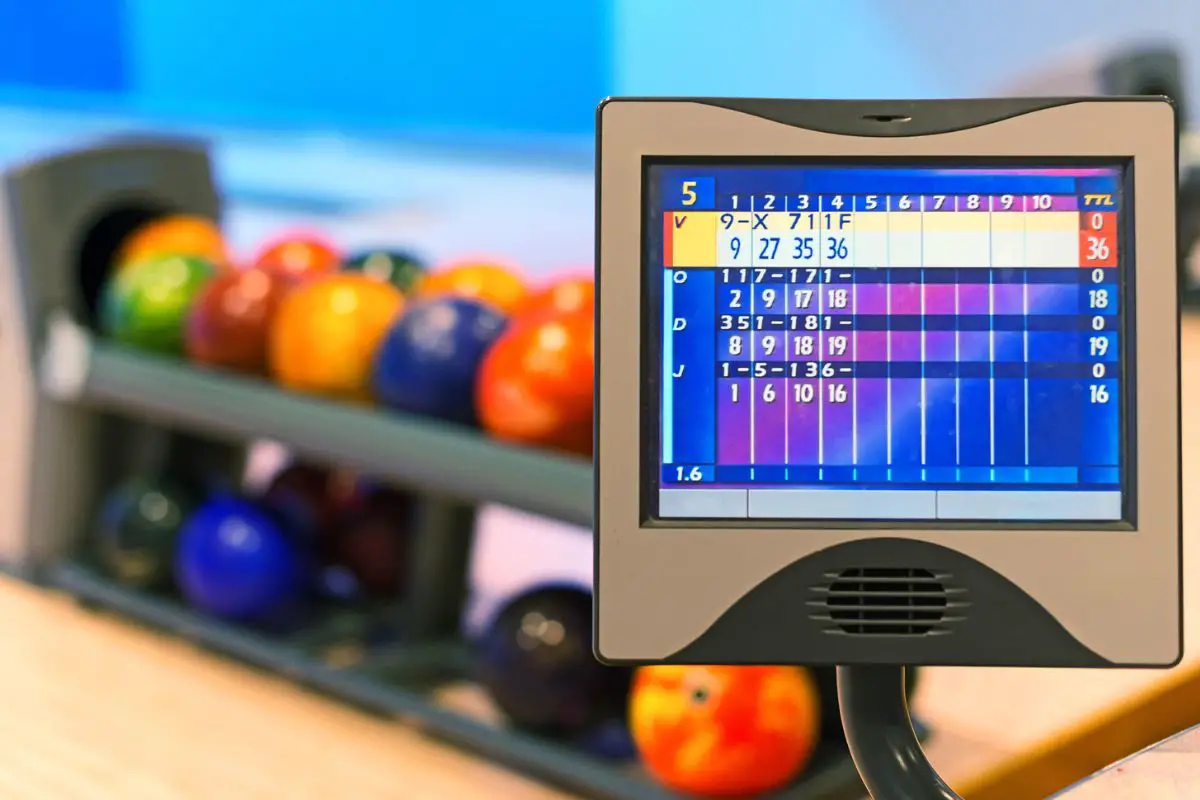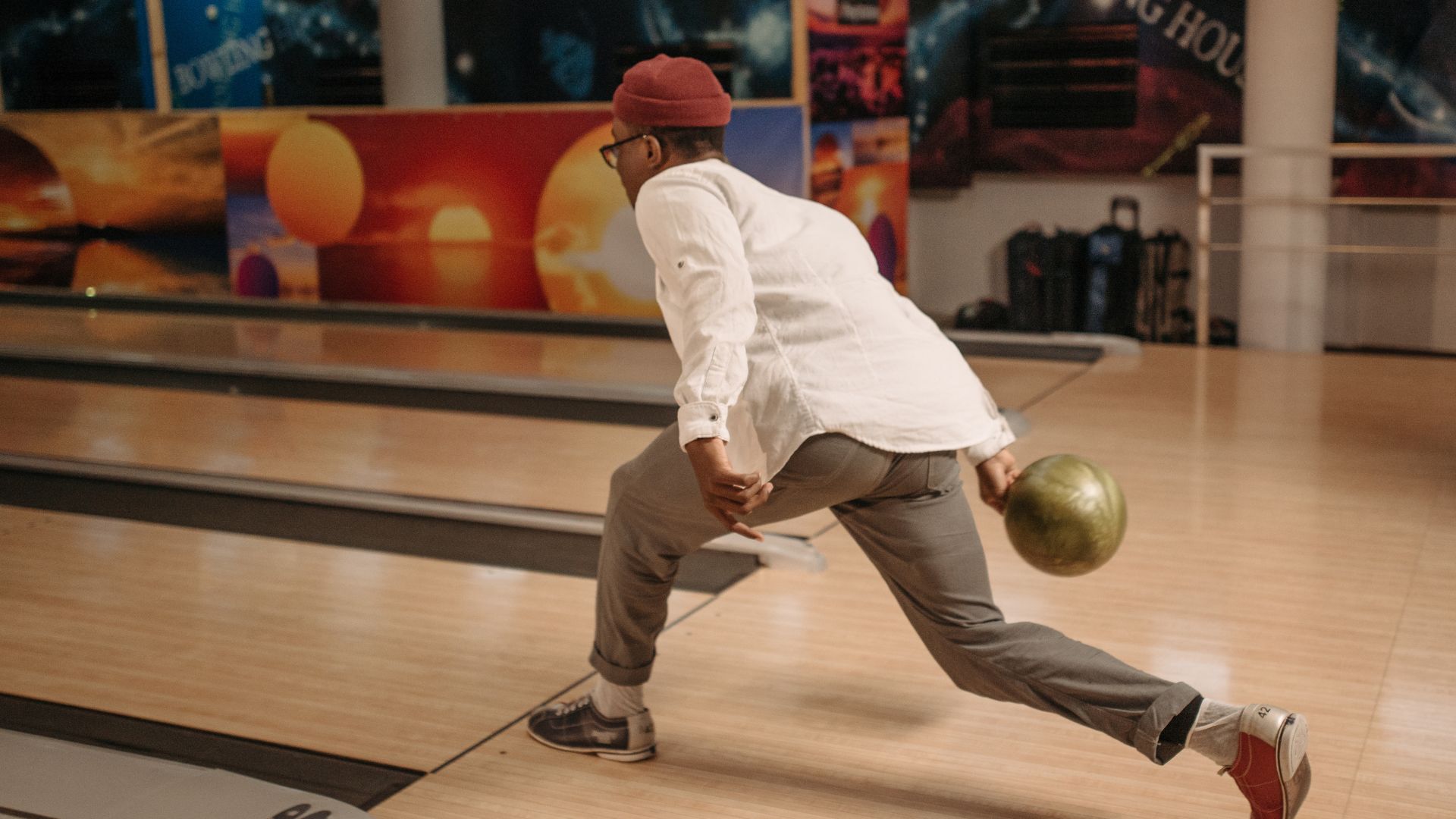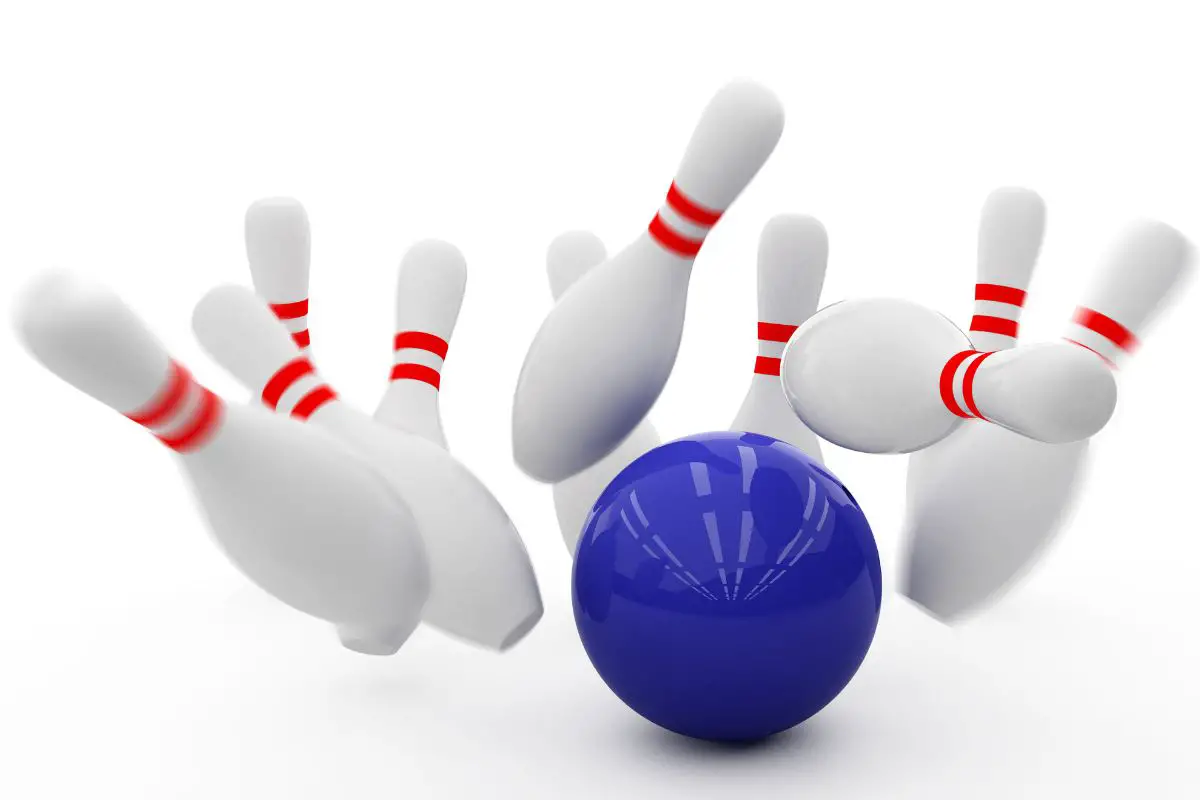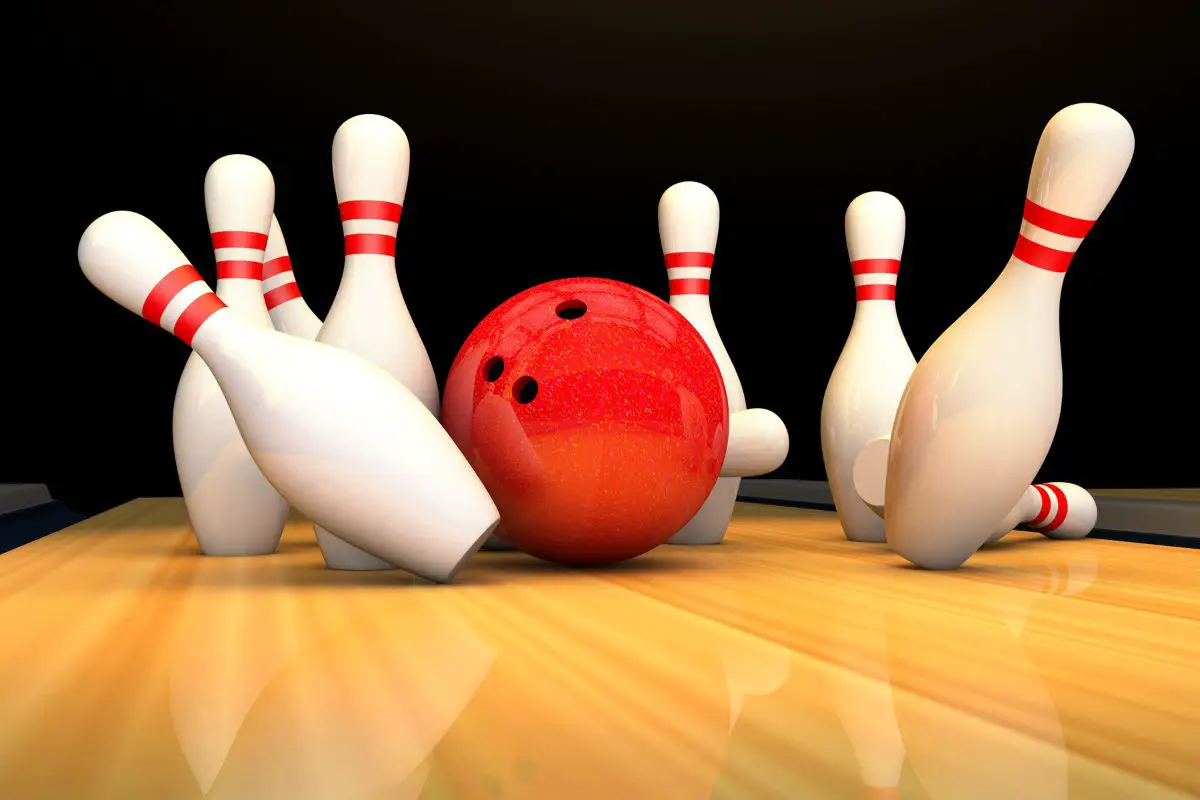Maybe you have been to the bowling alley with your friends and found you have won a few games quite handily; we bet you wondered what is the average bowling score and how you would stack up against it.

Are you playing against people who are below average, or are you a potential candidate to be considered for competitive bowling competitions?
If you are considering engaging with the latter, it can be worth getting a good idea of the opposition and where you ended up competing with the best.
Regardless of your reasons, we have discovered everything you need to know about the average bowling score and how to measure yourself against it. Keep reading to find out.
How Do You Score In Bowling?
Let’s start with the basics, as it may be worth considering how bowling is scored in the first place.
Each player plays ten ‘frames’ per game, with a max of 2 throws in each frame. If you score a strike or a spare in the last frame, you also get an extra turn, but only in this final frame.
Simply put, bowling is scored by tallying up the number of pins you successfully knock down each frame and keeping a record of the total number.
A strike means that you get 10 points because you have knocked over all the pins in your first throw; after this, your score from the entire next frame is added to the 10 points scored from the strike.
Similarly, a spare is when you knock over all the pins in two throws; after this, your score from your first throw of the next frame is added to the score of the spare.
What Is The Average Bowling Score?
Of course, the average score in bowling, following the standard scoring method described in the previous section, will depend on your proficiency. What is average for a league bowler will be much different from that for a beginner.
The scores we mention will not include scores made with additional help, such as gutter barriers or the ramp that children use.
What Is A Perfect Game?
Identifying the best score in bowling makes sense, so we have something to compare an average score to.
If math serves us right, you can get a 300 score in bowling, which happens occasionally at the game’s highest levels.
To reach this maximum score, you must score nine consecutive strikes and three final strikes in the final frame to earn 300 points.
For those interested in world records, Ben Katola scored a perfect game in 86.9 seconds as an assistant manager at a bowling alley after setting up in an empty alley.
Conversely, Fero Williams has bowled the most perfect games, with a record of 135 perfect games; wow!
Average Score For Beginners
You may have never bowled before and are looking for guidance on rules and average scores within this article. Don’t worry; you won’t make too much of a fool of yourself; bowling is pretty recreational and leisurely, so there’s nothing to be afraid of.
Generally, a first or second-time player should expect to get below 100 points, usually below 90, although you might get a lucky spare, a strike, or find you are a natural!
Average Score For A Recreational Player
For those who enjoy going bowling with their friends and family, having a few drinks while they do it, making a day out of bowling as a special occasion for a birthday or celebration, rather than taking it seriously, you might consider yourself a recreational player.
Even as a recreational player, you may have some experience bowling and may even find yourself winning more of these matches than losing.
The average score in this setting could be anywhere from 90 – 150 points might be considered your ‘average’ score that most bowlers will be within at this recreational level.
Average Score For A League Player
The next step up would be to enter the world of semi-professional bowling. If you exceed a score of 120 in most games and even get higher than that on a good day, you may want to consider entering your local bowling league if you are up to it.
On average, a competitive bowler who wants to win a competitive match rather than playing recreationally should score around 120 – 200, depending on the skill level of your league, which can differ per player.
Average Score For A Professional Player
Suppose you are genuinely interested in making a living from bowling, dedicating your life to its practice, and being able to compete with some of the best players in the world. In that case, the average score here is a little different.
Most professional leagues may ask you to declare your average score before joining or at least have heard about your scores through word of mouth in the bowling community. Perhaps after winning some local leagues.

In any case, for most professional players, if you want to compete with the best, you must aim for a perfect score and not fall too short.
This means you need to score around 220 – 280; this is generally where most professional bowlers score. Anything below 200 would be quite a bad game.
How To Improve Your Bowling Score
The most surefire way to increase your bowling score is to aim for strikes and spares; you don’t want to have any open frames; this should be your primary aim if you want to score high.
Most professional players are really ‘bowling’ like most recreational players; they are generally trying to bowl a perfect game, and their score usually reflects how successful they were in doing that.
If a professional player does not get a mark in their frame by getting a spare or strike, they will generally fall somewhat below the score of other players.
So, for actionable advice as a recreational player aspiring to this standard, you want to perfect your technique for getting a mark. You want to focus on two things the most to get a mark.
You want to focus on where your ball hits the pins. You generally want your ball to hit either the right or left pocket. This should work in tandem with the technique of your throw.
For general technique, you want to roll as straight as possible to utilize the point of impact to knock down all ten pins.
This involves ensuring your wrist moves as little as possible, your hand remains behind the ball through the throw, and keeping a reasonable frame with your body.
If your ball is straight and hits the most forward pin slightly off center (the pocket), the force should knock down all ten pins and score a strike.
If you aim to achieve this and fail, you should be able to knock down the remaining pins and get a spare to increase your score.
In Summary
So, there you have it, the average scores for each skill of a player in bowling.
To summarize, a beginner player who is new to the game or played only a handful of times should score somewhere below or equal to 100 points approximately.
A competitive player who has played and won a few games and enjoys being competitive with friends or a local league would be happy with a score of approximately 150 to 200.
In professional bowling leagues, you must score over 200; most players aim for a perfect 300 game, so they generally have an average score of around 220-270.
Bowling is a mainly recreational game; that is to say, it is primarily about having fun. While some take it seriously and enjoy its competition, competition is always based on those you are playing with.
If you can break the 200-point mark, you might be an outstanding player. On average, anything between 80 and 120 would be a respectable score for a recreational player.
- A Comprehensive Guide to the Top Bowling Movies of All Time - December 23, 2023
- Bowling Shoes Selection Guide: How to Choose the Right Fit - September 27, 2023
- Bowling Ball Buying Guide: How to Choose the Right Ball for You - September 23, 2023








